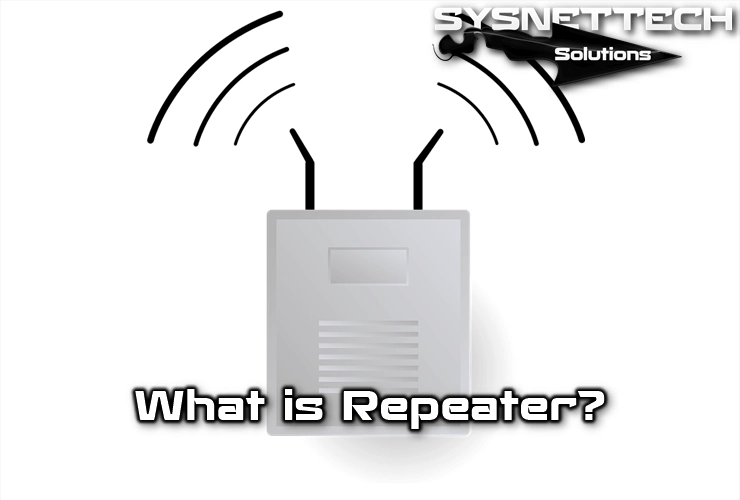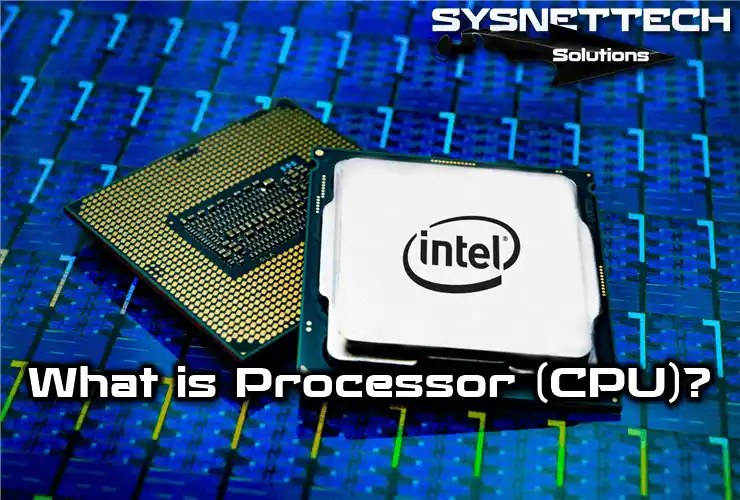Unlocking the potential of a computer network requires expanding its reach. Signal attenuation over long distances is a common problem. That’s why the humble repeater becomes an essential tool.
In this article, we examine the functions of repeaters. We also discuss their role in expanding networks and improving Wi-Fi signals. Whether you’re strengthening digital signals or expanding Wi-Fi coverage, repeaters are essential.

What is the Repeater Used to Extend a Computer Network Wirelessly?
A Repeater is an electronic device that receives a weak or low-level signal and retransmits it at a higher power or level. Thus, longer distances can be covered without distortion or with tolerable distortion.
Repeaters in computer networks amplify digital or analog input signals.
They also reshape, resize, or combine functions in the input signal. Therefore, repeaters provide effective retransmission of digital signals.
Properties
The repeater operates at level 1 of the OSI model. It repeats the signals between segments at the electrical level. Moreover, these devices isolate the sections from electrical problems. If segments 2 and 4 are IRL, the maximum number of repeaters is four. Otherwise, the maximum number connecting three segments is two.
Two ports connect the Ethernet sections of the repeater via transceivers. Different transceivers connect to various physical environments, reducing cable usage. The repeater also has an Ethernet output for the yellow cable and an Ethernet output for the phone.
A modular repeater centralizes and configures building wiring. Adaptable to various environments and external links. These extenders avoid obstacles and spread signals over longer distances. However, the features vary depending on your structure and purpose.
Where Do We Use Repeater Devices?
These devices are often used for long-distance cables. Attenuation at these distances is unacceptable. Moreover, they work on both copper and fiber optic cables.
Repeaters are used in radio communications services. Radio amateurs use a subset of these repeaters. Similarly, they are used in point-to-point microwave radio links.
For example, they distribute TV signals between production centers and transmitters. They are also used for telephone purposes in telecommunication networks.
In optical communication, the repeater receives, transforms, and retransmits the optical signal. Therefore, they are known as electro-optical repeaters.
Additionally, some repeaters transmit TV or radio signals. Others increase their range by repeating WiFi signals. However, repeaters for digital signals are often called regenerators. This is because they reproduce the input signal.
What is a Wi-Fi Repeater?
A WiFi signal extender is a valuable networking device. It extends our internet connection wirelessly. Some models also connect to wired routers via Ethernet.
WiFi repeater improves signal quality and stability in weak areas. Therefore, it expands the coverage area without the need for a new router.
Additionally, the repeater is easy to use. It does not require complex configurations. Usually, you connect the device, press the WPS button, and sync it with the router. The installation is completed in about a minute.
The WiFi signal extender replicates the router’s Internet connection. That is, it extends its range wirelessly.
Most basic models operate under the WiFi N standard. They use the 2.4 GHz channel and reach speeds of 300 Mbps. Moreover, models that comply with WiFi AC standards operate on 2.4 and 5 GHz channels.
Recommendations for the Wireless Signal Extender
As we mentioned before, WiFi repeaters are very easy to use. However, please choose a product by examining its brand strength and model range. So consider their limited range.
Moreover, most devices have a signal indicator. This helps find the best placement spot. Using this indicator, you can see the most effective access point in your home or office.
Consider your needs and budget when purchasing a device. Base models with 300 Mbps WiFi N on the 2.4 GHz band are affordable. However, for higher performance, choose a device compatible with 5GHz WiFi AC for high data transfers.



